Unveiling the Differences When it comes to figs, two varieties that often stir up confusion are the Calimyrna figs and Smyrna figs. While they may appear similar at first glance, these two fig varieties have distinct characteristics that set them apart. In this article, we will explore the differences between Calimyrna figs and Smyrna figs, allowing you to make an informed decision about which variety best suits your preferences. 1. Origin and Cultivation: Calimyrna figs and Smyrna figs differ in terms of their origin and cultivation. Calimyrna figs are a type of fig that originated in California, USA.

.
They are a variation of the Turkish Smyrna fig and are predominantly grown in the San Joaquin Valley. On the other hand, Smyrna figs are native to Turkey and were brought to California in the late 19th century. 2. Appearance: One of the easiest ways to differentiate between Calimyrna figs and Smyrna figs is through their appearance. Calimyrna figs are large in size, usually measuring around 1.5 to 2 inches in diameter. They have a yellowish-green skin with pronounced ribbing and a pale pink or amber-colored flesh. In contrast, Smyrna figs are slightly smaller, typically measuring around 1 to 1.5 inches in diameter. They have a light purple skin with a mottled appearance and a deep red or burgundy-colored flesh.
..
3. Flavor and Texture: In terms of flavor and texture, Calimyrna figs and Smyrna figs differ significantly. Calimyrna figs have a subtly sweet and nutty flavor with honey-like undertones. They are known for their jammy and chewy texture, making them a popular choice for both eating fresh and using in baking and cooking. Smyrna figs, on the other hand, have a more pronounced sweet and floral flavor, often described as being reminiscent of honey and melons. They have a softer and juicier texture, making them ideal for eating fresh or using in desserts and salads. 4. Pollination Requirements: Another crucial difference between Calimyrna figs and Smyrna figs lies in their pollination requirements. Calimyrna figs are self-pollinating, meaning they can set fruit without the need for any additional pollinators. This feature makes them an attractive option for backyard gardeners or those who prefer not to rely on outside sources for pollination. Smyrna figs, on the other hand, require a specific wasp species called the fig wasp for successful pollination. Without the presence of this wasp, Smyrna figs will drop their undeveloped fruits. In commercial production, artificial pollination methods are used to ensure a good crop.
…
5. Availability: Both Calimyrna figs and Smyrna figs are readily available in various forms. Calimyrna figs are primarily sold as dried figs and can be found year-round in grocery stores or online. They are often used in baking, snacking, or as an ingredient in trail mixes and granolas. Smyrna figs, on the other hand, are more commonly sold fresh during their respective harvest seasons, which typically occur in late summer or early fall. However, they can also be found in dried form, although they may be less abundant than Calimyrna figs. In conclusion, while both Calimyrna figs and Smyrna figs share a common fig heritage, they possess distinct qualities. Calimyrna figs are larger, have a yellowish-green skin, and are self-pollinating, making them a popular choice in the market year-round. Smyrna figs, on the other hand, have a smaller size, a purple skin, and require the presence of a specific wasp species for pollination. Their unique flavor and juiciness make them a prized delicacy during their seasonal availability. Whether you prefer the nutty and chewy characteristics of Calimyrna figs or the sweet and floral notes of Smyrna figs, both varieties undoubtedly offer a delicious and nutritious addition to your culinary repertoire.

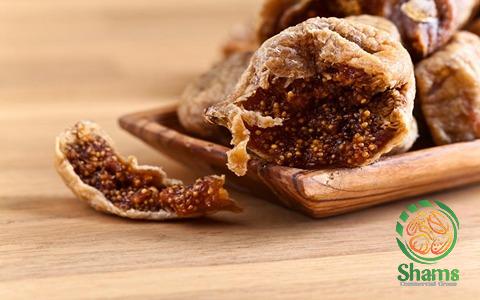
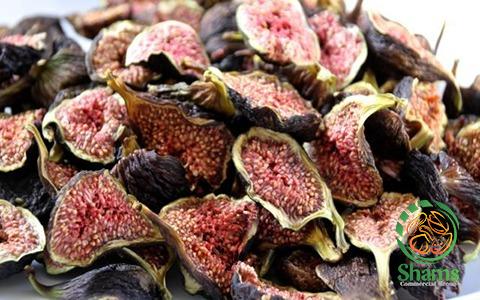
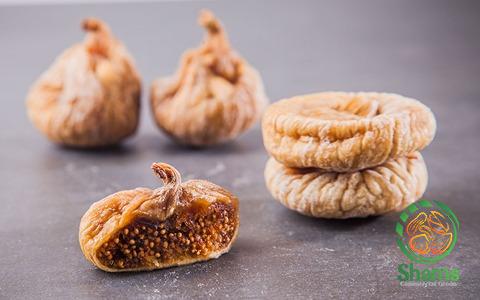

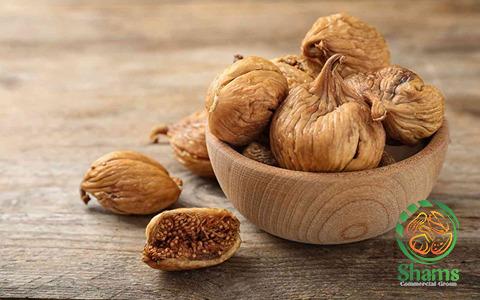
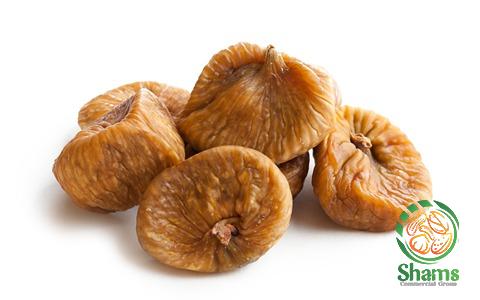

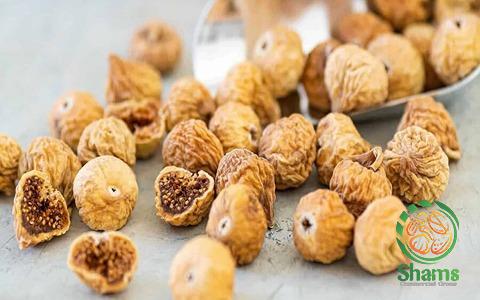
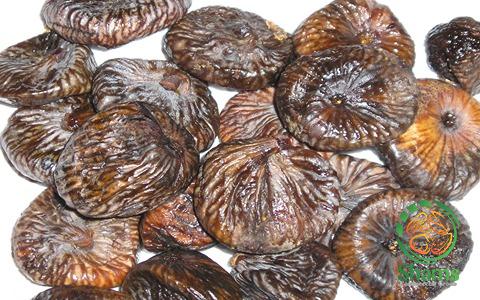
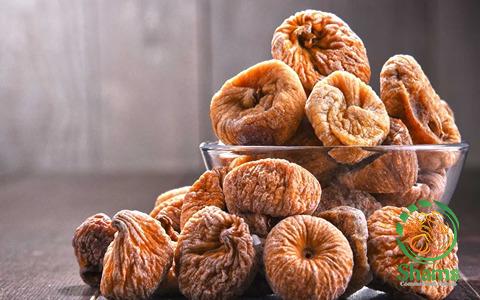
Your comment submitted.